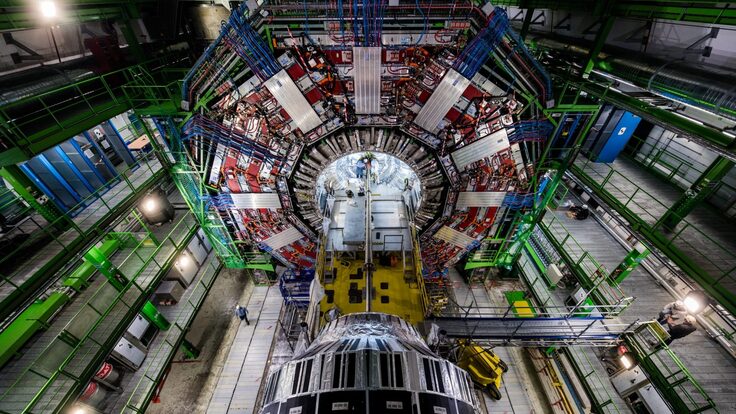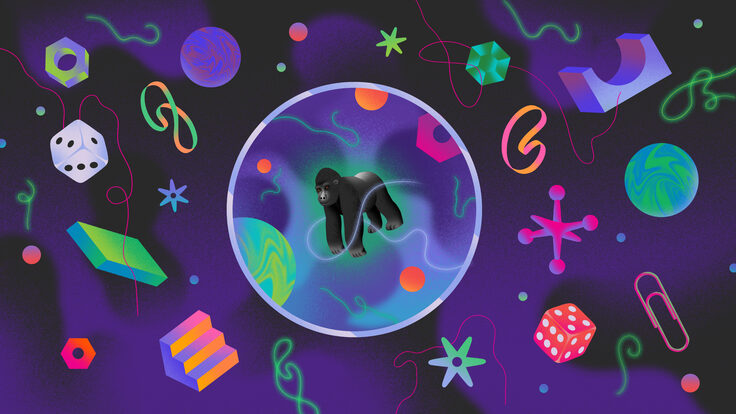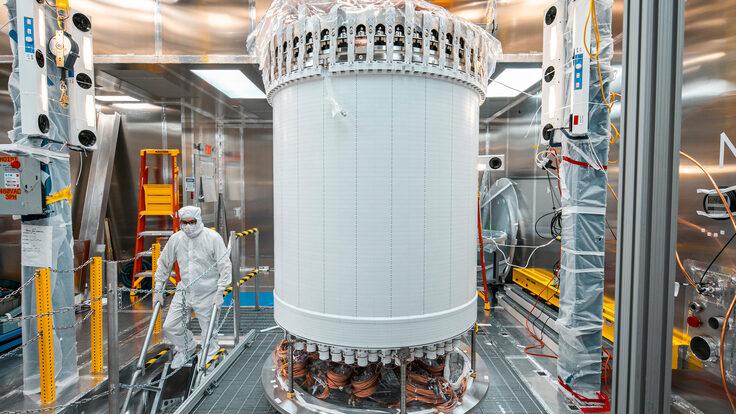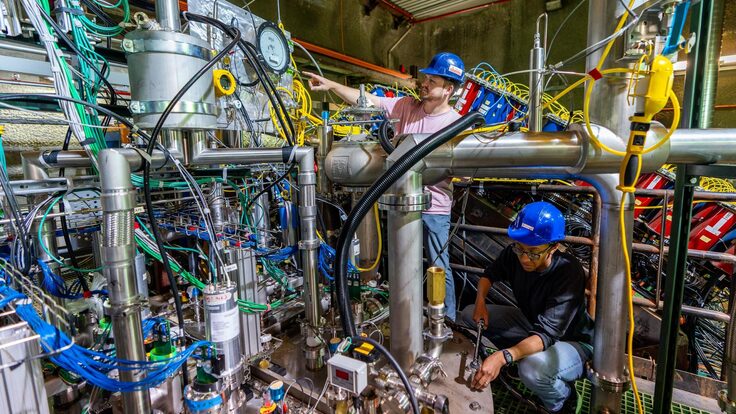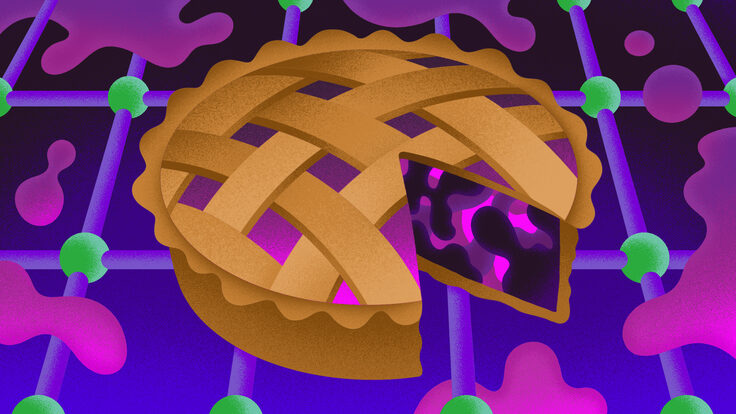European strategy update: the community speaks
Launched by the CERN Council in March 2024, the stated aim of the 2026 update to the strategy is to develop a visionary and concrete plan that greatly advances human knowledge in fundamental physics, in particular through the realization of the next flagship project at CERN.





